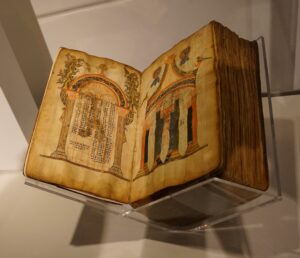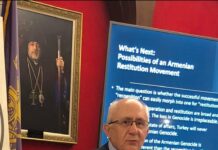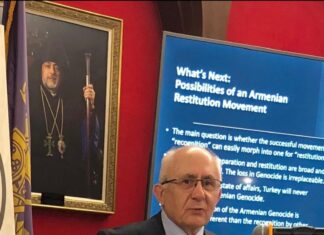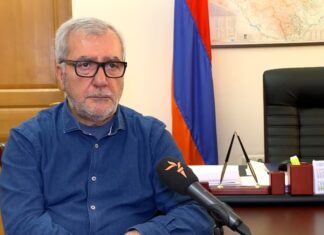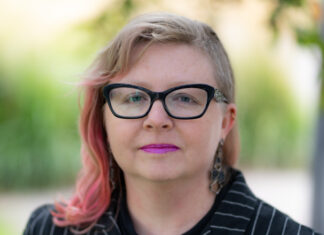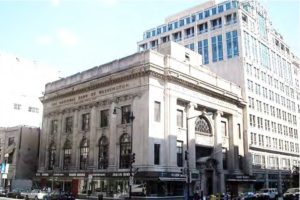
By Alin K. Gregorian
Mirror-Spectator Staff
WASHINGTON — The protracted lawsuit revolving around the building of the Armenian Genocide Museum and Memorial (AGM&M), which has pitted the Armenian Assembly of America against one of its main donors to the project, Gerard L. Cafesjian, is winding down. US District Judge Colleen Kollar-Kotelly of the US District Court of the District of Columbia ruled on January 26 that under the terms of a 2003 grant agreement, the National Bank of Washington building, which was one of the cornerstones of the proposed museum, should revert back to the Cafesjian Family Foundation, according to the terms of the agreement by December 31, 2010, he was entitled to receive the money back that he put in.![]() In addition, the judgment allowed the Cafesjian Family Foundation one seat on the board of the Armenian Genocide Museum and Memorial, and asked the Assembly to pay a portion of attorney fees for specific portions of the litigation process during this case.
In addition, the judgment allowed the Cafesjian Family Foundation one seat on the board of the Armenian Genocide Museum and Memorial, and asked the Assembly to pay a portion of attorney fees for specific portions of the litigation process during this case.
